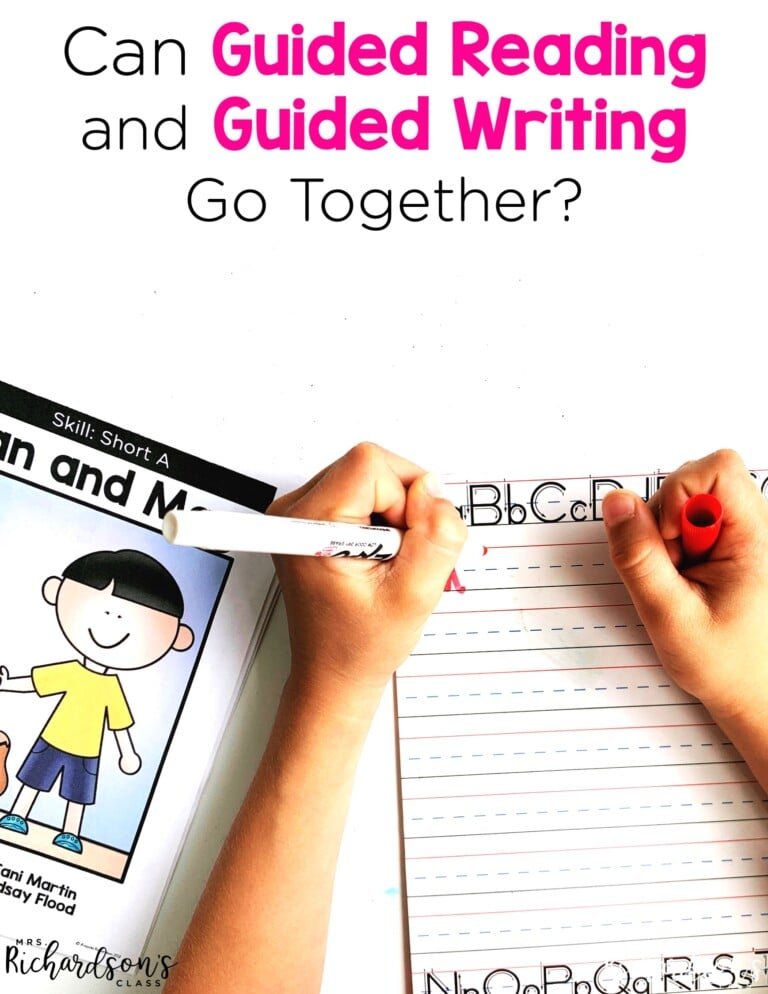


As teachers, we all want to get to know our students at the beginning of the year. We want to know their likes and dislikes, what they love to do, and their strengths and weaknesses. One area we all need insight into is students’ reading abilities. When it comes to reading assessments for kindergarten and first grade students, we want to do more than just assess one area of reading.
While assessments can sometimes be intimidating or overwhelming, we need them to help grow our readers’ accuracy, fluency, and comprehension skills. Let’s explore why we need them and several different reading assessments you can do to better understand where your students are.
Our young readers are so much more than just a reading level. Teachers are often familiar with how to complete reading level assessments, but we need more than that. With the latest research in the science of reading, we’re learning (or getting confirmation) that young readers need explicit phonics instruction in a systematic way. If students can learn letter sounds and how they work together to create words, they can move forward in reading.
By completing several different reading assessments for kindergarten and first grade readers, you’ll get a bigger picture of what each reader is capable of as a whole. Then, results can guide your instruction to differentiate for the learners in your classroom. Additionally, you will have more opportunities to track progress in specific areas. You can see which areas students need more practice and review.
Assessing students’ phonemic awareness and phonics skills is a great place to start with reading assessments. Mastering phonemic awareness is a key factor in reading readiness for little learners. No matter what reading level a child is on – pre-readers to high readers, they ALL have or need a strong foundation of phonemic awareness.
You can see if students are competent in the nine areas of phonemic awareness:
Dictation assessments are another type of reading assessment to complete for kindergarten and first grade. While dictation assessments technically involve writing, they’re a great way to see how students are processing what they have learned. Remember, reading is input and writing is output.
To complete a dictation assessment, ask students to write words or short sentences within certain phonics patterns to see if students understand how to do it. For example, to assess short /a/, ask students to write “A cat sat on a mat.” You’ll be able to see if students struggle with a specific skill.
Learning high-frequency words does have a place in the classroom. Even with the new science of reading research, high-frequency words matter. How we teach them may need to change, but students still need to learn them. Why? Because…
By assessing and tracking students’ progress in master high-frequency words, we’re giving our readers a bigger bank of sight words to have to make reading easier. I have two resources to help make this easier for you and your students to monitor: Kindergarten Sight Words and First Grade Sight Words
Finally, you can have students do a phonics skill assessment to check students’ understanding between letters and sounds. As students begin to match letters and letter combinations to the sounds they hear in words, they’ll use their phonemic awareness skills like segmenting and blending sounds to match the printed letter(s). So strong phonemic awareness skills can lead to strong phonics skills.
One simple phonics assessment is to have students read through a list of words that follow specific phonics patterns. For example, the list may have several cvc words, words with digraphs, words with blends, and words with long vowels.
You’ll easily be able to identify which areas of phonics your readers will need more support in.
Once you know exactly which phonics skills students need help with, you can group students together in reading small groups and use decodable readers to help them practice skills in an authentic way.
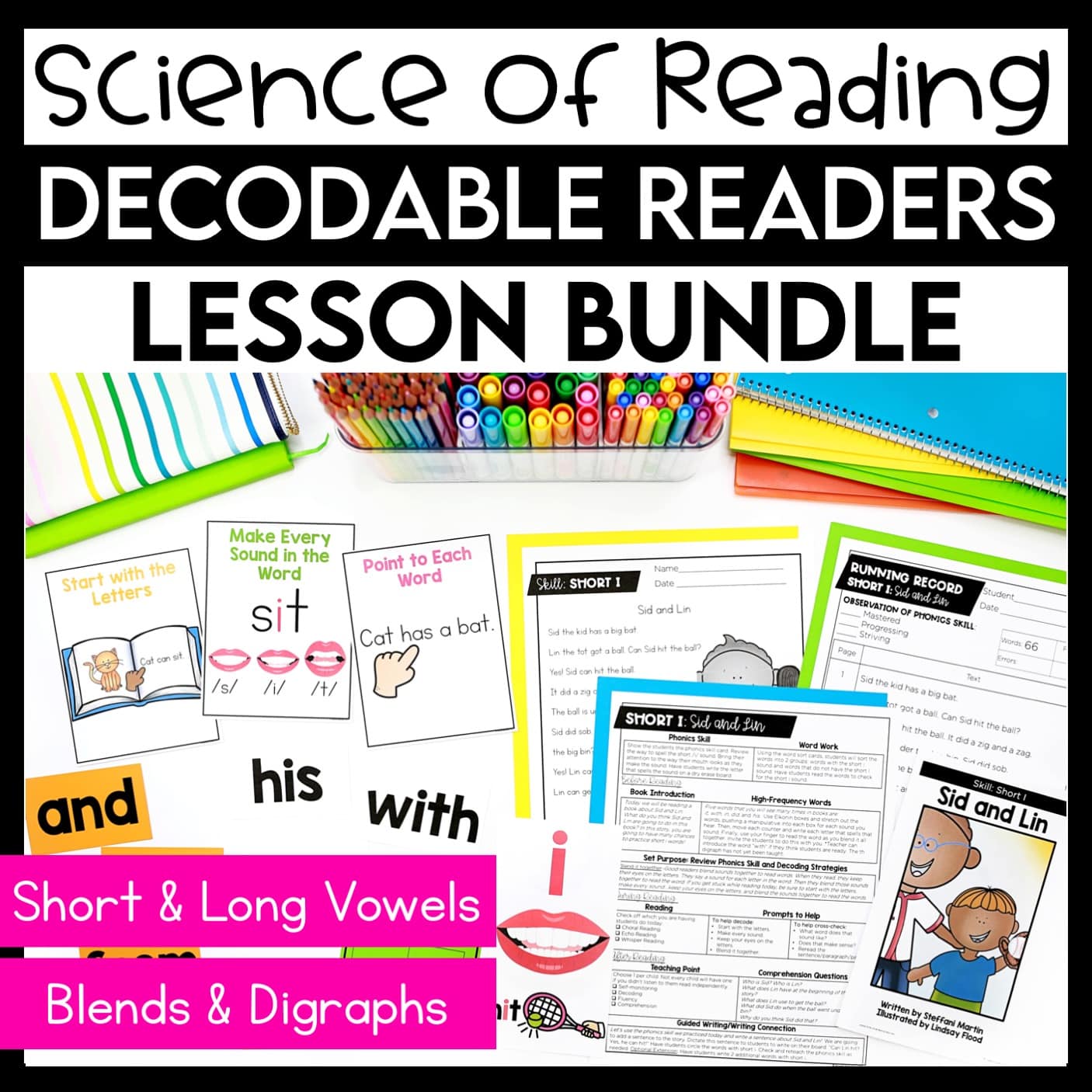
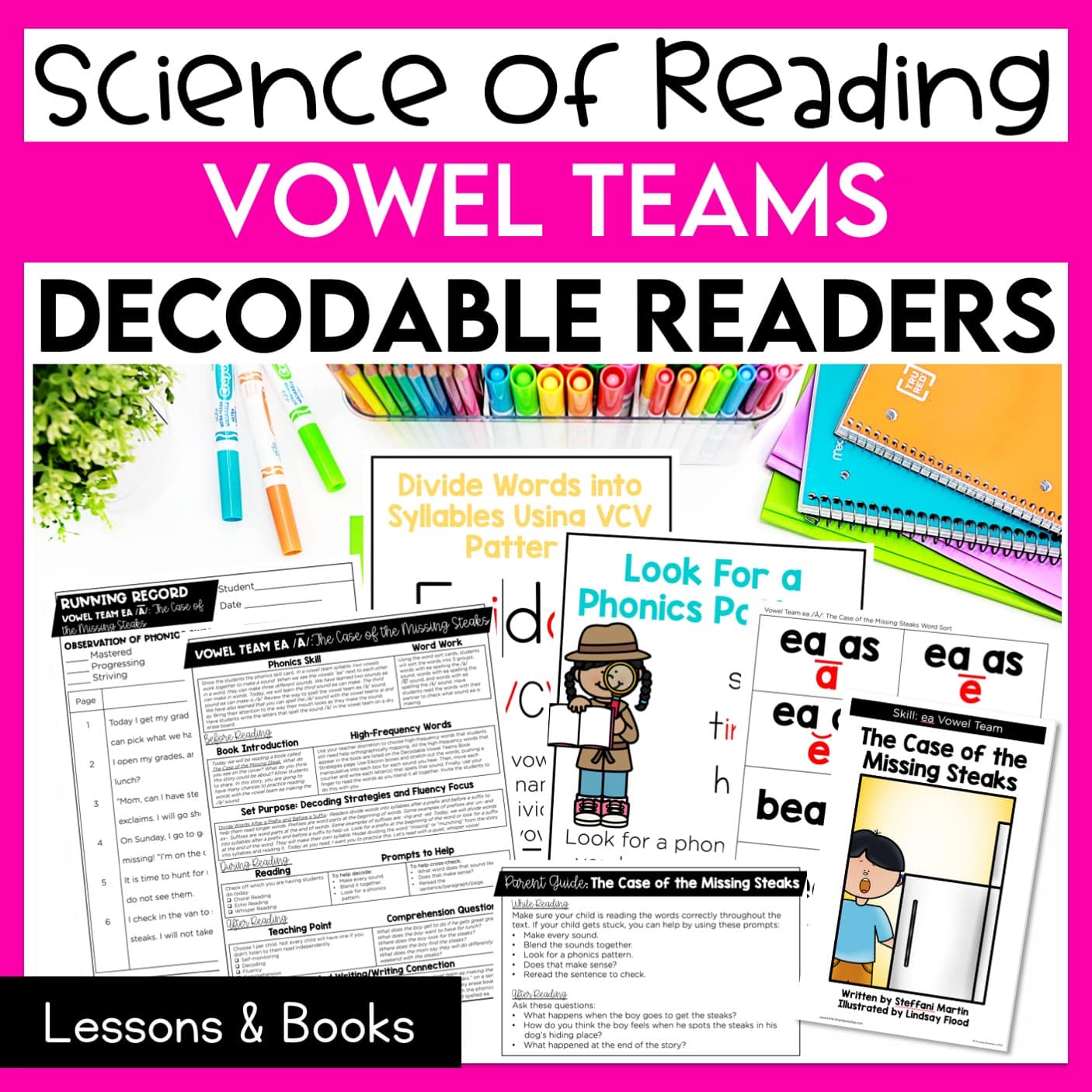
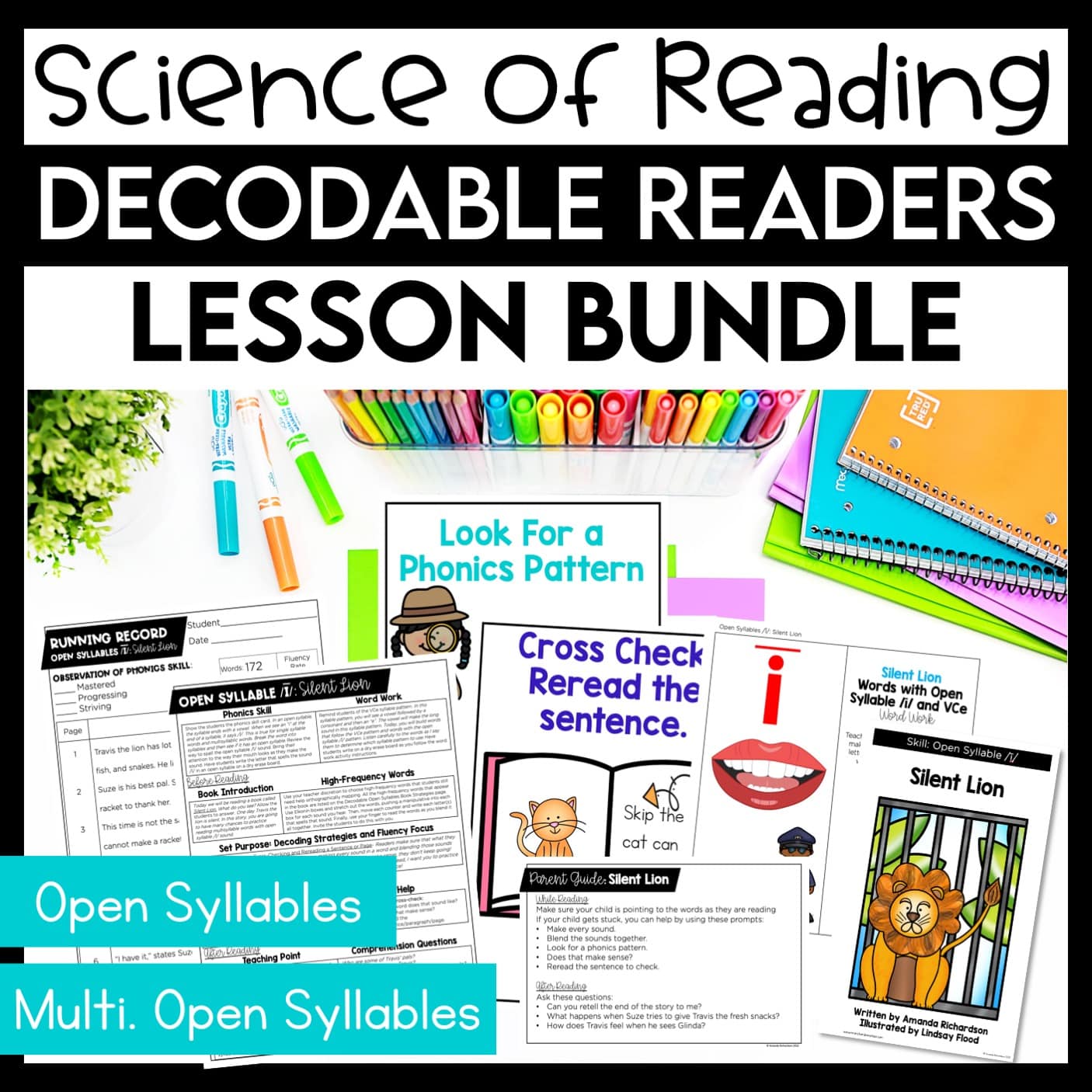
I have sets of decodable books with lessons for you to help reach every reader where they are (plus I’ve bundled some together to help you save!). Each set of decodable books includes:
These decodable reader kits are packed with everything you need! Get one today to feel confident knowing exactly what to teach and how to teach to move readers forward:
By piecing all of these assessments together, you’ll have a solid, comprehensive picture of each student as a whole reader. All of these components matter and can guide your lesson planning and instruction to meet the needs of each student.
To help you get started, I created a FREE Reading Assessment Toolkit for teachers. It was carefully designed to help kindergarten, first, and second grade teachers navigate reading assessments to better help their students. It includes:
Grab this FREE download today and get started mastering your reading assessments for kindergarten and first grade!

Want to use the latest research to boost your readers during small groups? This FREE guide is packed with engaging ideas to help them grow!

I’m a K-1 teacher who is passionate about making lessons your students love and that are easy to implement for teachers. Helping teachers like you navigate their way through their literacy block brings me great joy. I am a lifelong learner who loves staying on top of current literacy learning and practices. Here, you’ll find the tools you need to move your K-2 students forward!


| Cookie | Duration | Description |
|---|---|---|
| cookielawinfo-checkbox-analytics | 11 months | This cookie is set by GDPR Cookie Consent plugin. The cookie is used to store the user consent for the cookies in the category "Analytics". |
| cookielawinfo-checkbox-functional | 11 months | The cookie is set by GDPR cookie consent to record the user consent for the cookies in the category "Functional". |
| cookielawinfo-checkbox-necessary | 11 months | This cookie is set by GDPR Cookie Consent plugin. The cookies is used to store the user consent for the cookies in the category "Necessary". |
| cookielawinfo-checkbox-others | 11 months | This cookie is set by GDPR Cookie Consent plugin. The cookie is used to store the user consent for the cookies in the category "Other. |
| cookielawinfo-checkbox-performance | 11 months | This cookie is set by GDPR Cookie Consent plugin. The cookie is used to store the user consent for the cookies in the category "Performance". |
| viewed_cookie_policy | 11 months | The cookie is set by the GDPR Cookie Consent plugin and is used to store whether or not user has consented to the use of cookies. It does not store any personal data. |
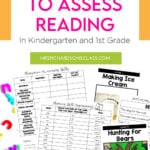
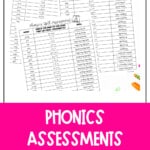
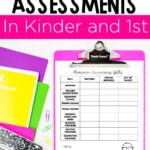
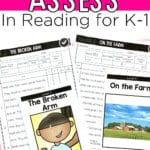
2 Responses
This is great. Thanks
This looks so teacher friendly. Thank you.